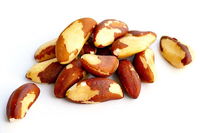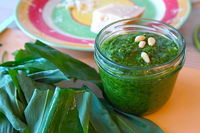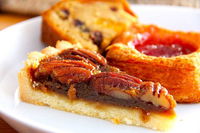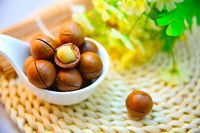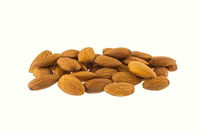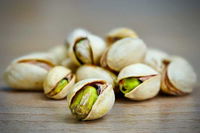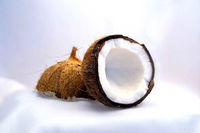
Identify These Nuts! Trivia Quiz
Match the names of twelve well-known nuts to their respective images. Culinary licence has been exercised here, with a foodie - rather than strictly scientific - approach to determining what is and isn't a nut!
by jonnowales.
Estimated time: 3 mins.
- Home
- »
- Quizzes
- »
- Hobbies Trivia
- »
- Food & Drink
- »
- Nuts
